Securing Your Connected Home in the Era of IoT
As the Internet of Things (IoT) seamlessly integrates into our daily lives, transforming smart homes from luxury to necessity, the conveniences brought by IoT devices are undeniable. From voice-activated commands to smartphone-controlled thermostats, the automation offered by IoT enhances our lifestyles. However, amid this digital revolution, a paramount concern arises – the security of our interconnected smart homes.
The Rise of Smart Homes
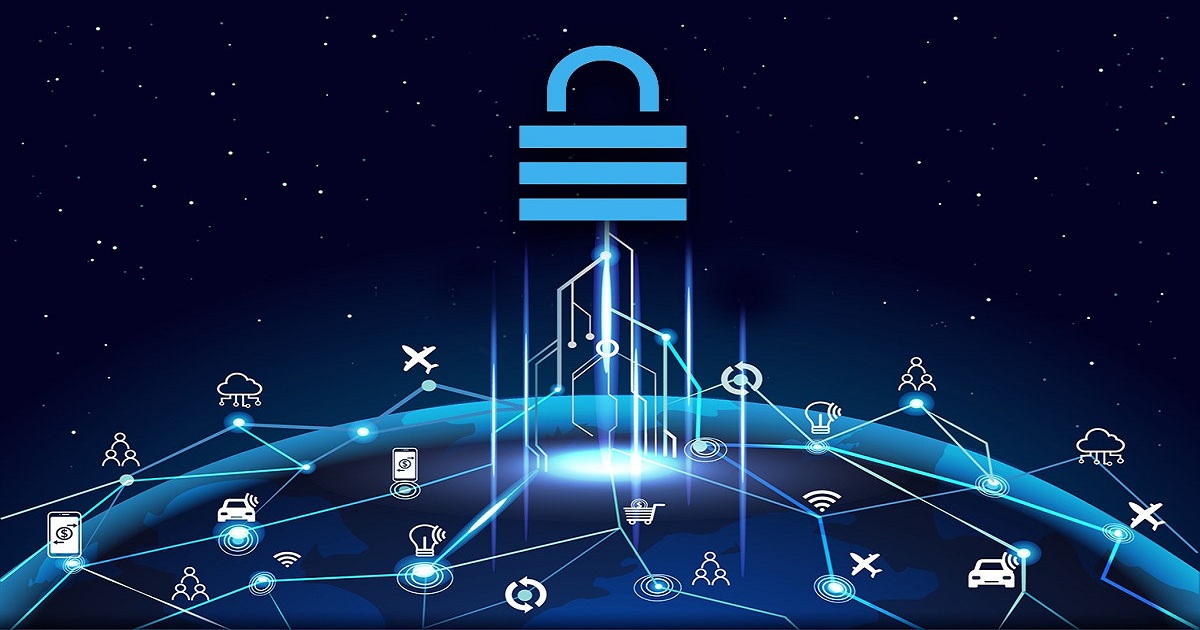
Smart homes, once a concept of science fiction, have become a reality. The appeal lies in the ability of smart technology to automate daily tasks, promising convenience, energy efficiency, and heightened security through the adoption of IoT devices.
The Imperative for IoT Security
With the surge in IoT adoption, the spotlight is on security. Each new device added to your smart home potentially opens a door to cyber threats. This article delves into the realm of IoT security, providing insights and practical steps to safeguard your connected home.
Understanding the Internet of Things (IoT)
Understanding IoT and Its Impact
IoT, or the Internet of Things, is a network where interconnected devices communicate and share data over the internet. Beyond convenience, IoT has revolutionized sectors like healthcare, transportation, and energy management.
Exploring the Diversity of IoT Devices
The world of IoT devices is both diverse and innovative, ranging from smart thermostats optimizing energy use to wearable fitness trackers monitoring health. This diversity transforms how we interact with our surroundings.
Vulnerabilities in IoT Ecosystems
Despite the benefits, IoT ecosystems are not immune to vulnerabilities. Rapid technological advancement has outpaced security measures, leaving devices exposed to cyber threats, from weak passwords to outdated firmware.
Assessing Your IoT Landscape
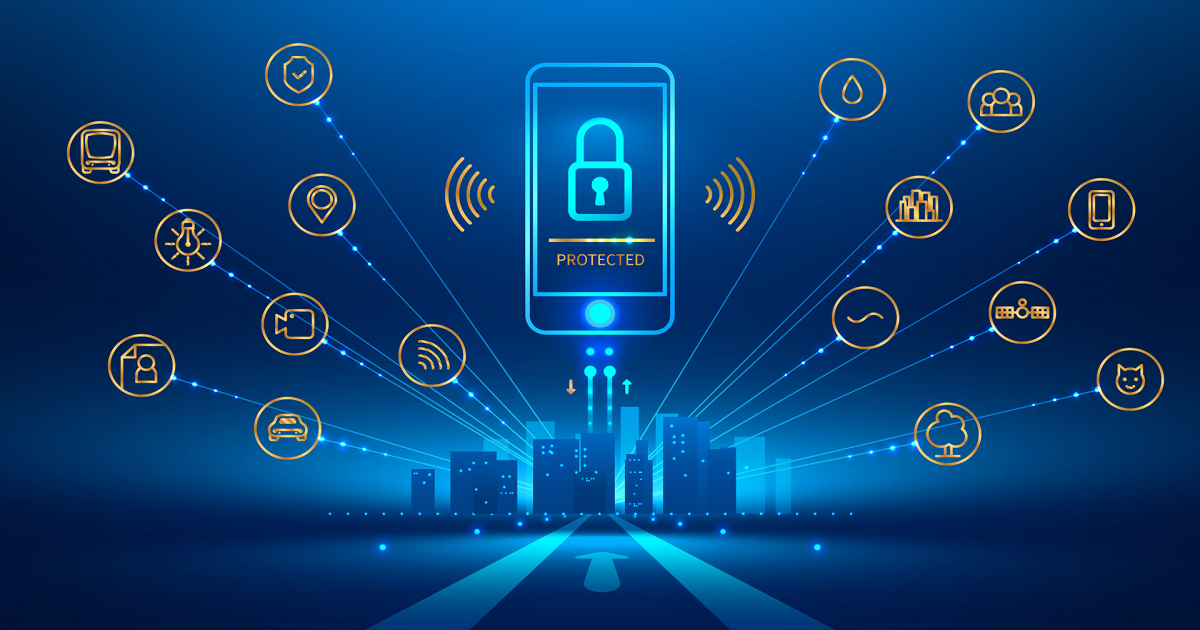
Identification of IoT Devices
Securing your IoT ecosystem begins with identifying its components, including smart TVs, light bulbs, security cameras, and voice-activated assistants.
Interconnected Nature of IoT Networks
Recognizing that IoT devices form a network underscores the importance of securing not only individual devices but the network as a whole.
Mapping Your Connected Home
Creating a visual map aids in understanding the layout of your IoT ecosystem, pinpointing vulnerabilities, and devising an effective security strategy.
Protecting IoT Devices with Robust Passwords
The Role of Passwords in IoT Security
Passwords serve as the frontline defense for IoT devices, necessitating strong and unique combinations to thwart unauthorized access.
Creating Secure and Unique Passwords
Crafting secure passwords involves complexity and uniqueness. Consider a password manager for generating and securely storing intricate passwords.
Importance of Regular Password Updates
Regularly updating passwords is crucial, mitigating risks associated with compromised passwords and data breaches.
Enhancing Security with Two-Factor Authentication (2FA)

The Power of 2FA in IoT
Implementing Two-Factor Authentication (2FA) provides an additional layer of security, reducing the risk of unauthorized access to your IoT devices.
Implementing 2FA on IoT Devices
Enabling 2FA, available on many IoT devices, significantly bolsters security without sacrificing usability.
Balancing Convenience and Security
Striking a balance between 2FA and convenience ensures that robust security measures do not hinder usability.
Keeping IoT Firmware and Software Up-to-Date
Significance of Regular Updates
Firmware and software updates are pivotal for IoT security, as they often contain patches addressing known vulnerabilities.
Applying Firmware Updates
Vigilantly checking for and promptly applying firmware and software updates protects devices from evolving threats.
Risks of Outdated IoT Software
Outdated software poses a significant risk, making timely updates a critical aspect of IoT security.
Securing Home Network and Firewalls
Safeguarding Your Home Network
The home network forms the foundation of the IoT ecosystem, requiring a strong, unique password for optimal security.
Role of Firewalls in IoT Security
Firewalls act as barriers, preventing unauthorized access and filtering incoming traffic, enhancing overall device protection.
Network Segmentation for IoT Devices
Isolating IoT devices on a separate network reduces the attack surface, enhancing security by creating barriers between IoT devices and personal data.
Preserving Privacy and Data Protection
Privacy Concerns in the IoT Landscape
Many IoT devices collect user data, raising privacy concerns. Understanding data collection and usage is vital for informed decision-making.
Data Encryption Best Practices for IoT
Enabling encryption on IoT devices safeguards the data they generate and transmit, ensuring privacy.
User Rights and Privacy Regulations
Familiarizing yourself with user rights and privacy regulations is crucial, ensuring ethical data handling within legal boundaries.
Navigating Third-Party Integrations
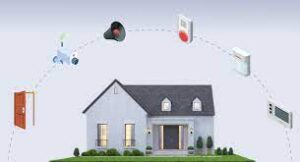
Pros and Cons of Integrating Third-Party Services
Integrating third-party services enhances functionality but introduces potential security risks. Weighing pros and cons is essential.
Safe Integration of IoT Devices with External Platforms
Securely integrating third-party services involves limiting data sharing, monitoring access permissions, and preventing unauthorized usage.
Monitoring and Managing Access Permissions
Regularly reviewing and managing access permissions ensures that only trusted individuals or applications have access to your IoT devices.
Real-Time Monitoring and Alerts
The Vital Role of Continuous Monitoring
Continuous monitoring of the IoT ecosystem facilitates prompt detection of unusual activity, allowing proactive measures to protect devices and data.
Setting Up Alerts for Suspicious IoT Activity
Configuring alerts for IoT devices notifies users of suspicious activity, preventing security breaches.
Utilizing Security Cameras and Intrusion Detection Systems
Physical security is integral to IoT security. Security cameras and intrusion detection systems protect against unauthorized access, ensuring household safety.
The Future of IoT Security

Emerging Threats and Evolving Security Solutions
The dynamic landscape of IoT security sees evolving threats countered by continually developing security solutions.
Preparing for Next-Gen IoT Devices
Anticipating the next generation of IoT devices involves readiness for improved security features and enhanced protection against modern threats.
Staying Informed and Adapting
IoT security is an ongoing journey, requiring continuous adaptation to the evolving landscape to ensure the safety of your connected home.
Conclusion
Recap of Key Takeaways
This comprehensive guide has explored the world of IoT security, emphasizing key strategies to safeguard your connected home. Takeaways include the importance of strong passwords, the role of 2FA, regular updates, network security, privacy protection, third-party integration safety, real-time monitoring, and staying informed about the evolving IoT landscape.
The Ongoing Journey of IoT Security
Implementing the strategies discussed in this article transforms IoT security from a one-time effort into an ongoing journey. By doing so, you create a safe and smart connected home for the future, ensuring not only convenience but also peace of mind in an interconnected world.
Frequently Asked Questions (FAQ) on Internet of Things (IoT) Security
What is the Internet of Things (IoT), and why is security important in this context?
IoT refers to a network of interconnected devices that communicate via the internet. Security is crucial because these devices can be vulnerable to cyber threats, and securing them is vital to protect your privacy and data.
How can I identify IoT devices in my home?
To identify IoT devices, look for gadgets that connect to the internet or have smart features. Common examples include smart speakers, smart thermostats, and connected cameras.
What are the vulnerabilities in IoT ecosystems, and how can I address them?
Vulnerabilities include weak passwords and outdated software. You can address them by using strong passwords, regularly updating your devices, and implementing two-factor authentication (2FA).
What is the importance of two-factor authentication (2FA) in IoT security?
2FA adds an extra layer of security by requiring a second form of verification, enhancing the protection of your IoT devices against unauthorized access.
How can I keep my IoT firmware and software up-to-date?
Regularly check for firmware and software updates in your device’s settings or manufacturer’s website. Apply these updates promptly to protect your devices from security risks.
Why is network security and firewalls crucial for IoT security?
Network security and firewalls protect your entire IoT ecosystem. They act as barriers to prevent unauthorized access and filter incoming traffic, reducing the risk of attacks.
What are data encryption best practices for IoT?
Data encryption ensures that your data is secure during transmission. Best practices include enabling encryption on your IoT devices and using strong encryption protocols.
What are the pros and cons of integrating third-party services with IoT devices?
Integrating third-party services can enhance functionality but may introduce security risks. Weigh the pros, such as added features, against the cons, such as potential vulnerabilities.
How can I set up real-time monitoring and alerts for my IoT devices?
Most IoT devices and home security systems offer settings for real-time monitoring and alerts. Configure these options to receive notifications of suspicious activity.
What’s the best way to stay informed about the evolving IoT security landscape?
To stay informed, follow IoT security blogs, news sources, and the latest research. Participate in online communities and forums dedicated to IoT security, and be proactive in adapting to changing threats and solutions.
In our quest for a secure and smart connected home, we’ve explored a range of crucial strategies in this article. If you’d like to dive deeper into related topics and stay informed about the latest trends in technology, don’t forget to check out our blog here. We regularly update it with insightful content to keep you in the loop with the rapidly evolving world of IoT and cybersecurity.
For an even more extensive exploration of IoT security and safeguarding connected devices and networks, you might want to visit the comprehensive guide on IoT security over at CertMagic. It provides additional insights into this critical topic, ensuring you have a well-rounded understanding of protecting your connected home.

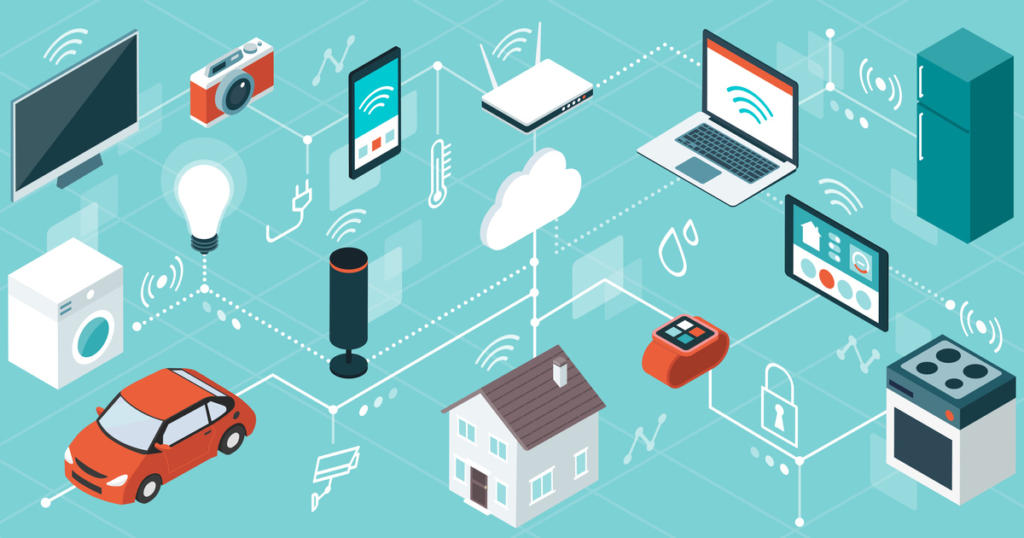
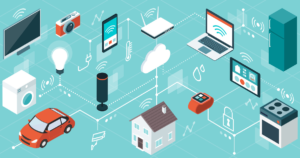

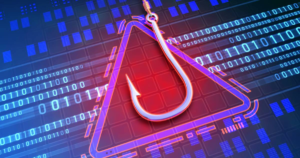

Uma resposta